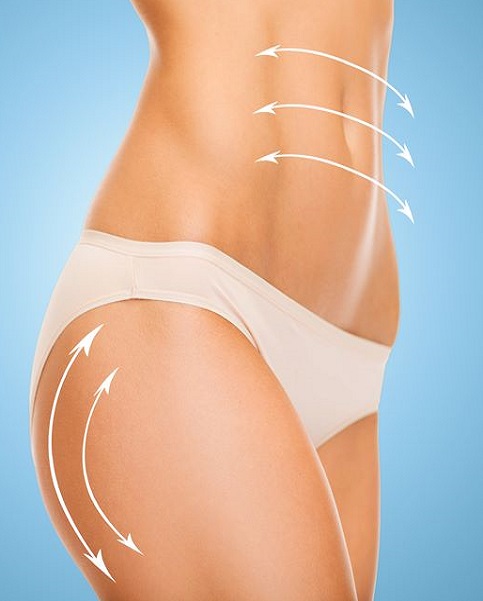Body Lift

Transform Your Shape with a Body Lift
A body lift improves the shape and tone of the underlying tissue that supports fat and skin. Excess sagging fat and skin are also removed. There are two main types of body lifts — the lower body lift, or belt lipectomy, and the upper body lift. When upper and lower body lifts are performed on the same person, it is referred to as a total body lift.
In general, a body lift aims to improve the shape and tone of the underlying tissue that supports fat and skin. It is typically performed after massive weight loss, including that which occurs after bariatric surgery. The procedure may also be performed to offset the physical effects of aging.
Post Operative Care
- The body lift procedure is a major surgery that often requires a hospital stay of one to three days. You should expect a recovery period of six weeks or longer.
- Intravenous or intramuscular medications are used immediately after surgery for pain and discomfort.
- Eventually, oral pain medication will replace these more intensive treatments.
- Several drains are usually placed to remove blood. When the output of drainage fluid is low, these drains can be safely removed.
- To limit the potential for body lift complications, your surgeon will likely outline a specific dietary plan.
- A complete instruction list will also be provided to help you through your recovery.
- Personal home care is required for up to two weeks after the insertion of drainage tubes, which stave off fluid buildup and swelling.
- Your body lift surgeon may also prescribe a medical compression garment to aid recovery. This should be worn at all times, except when bathing.
Risks
- Reduced sensation in the treatment area
- Infection
- Bleeding
- Hematoma (a mass of clotted blood)
- Scarring
- Fluid accumulation
- Poor wound healing
- Skin loss
- Skin discoloration and/or prolonged swelling
- Fatty tissue found deep in the skin might die (fat necrosis)
- Asymmetry Pain
- Deep vein thrombosis (blood clot in the legs)
- Pulmonary embolism (blood clot in the lungs)
- Persistent swelling in the legs
- Possibility of revisional surgery
